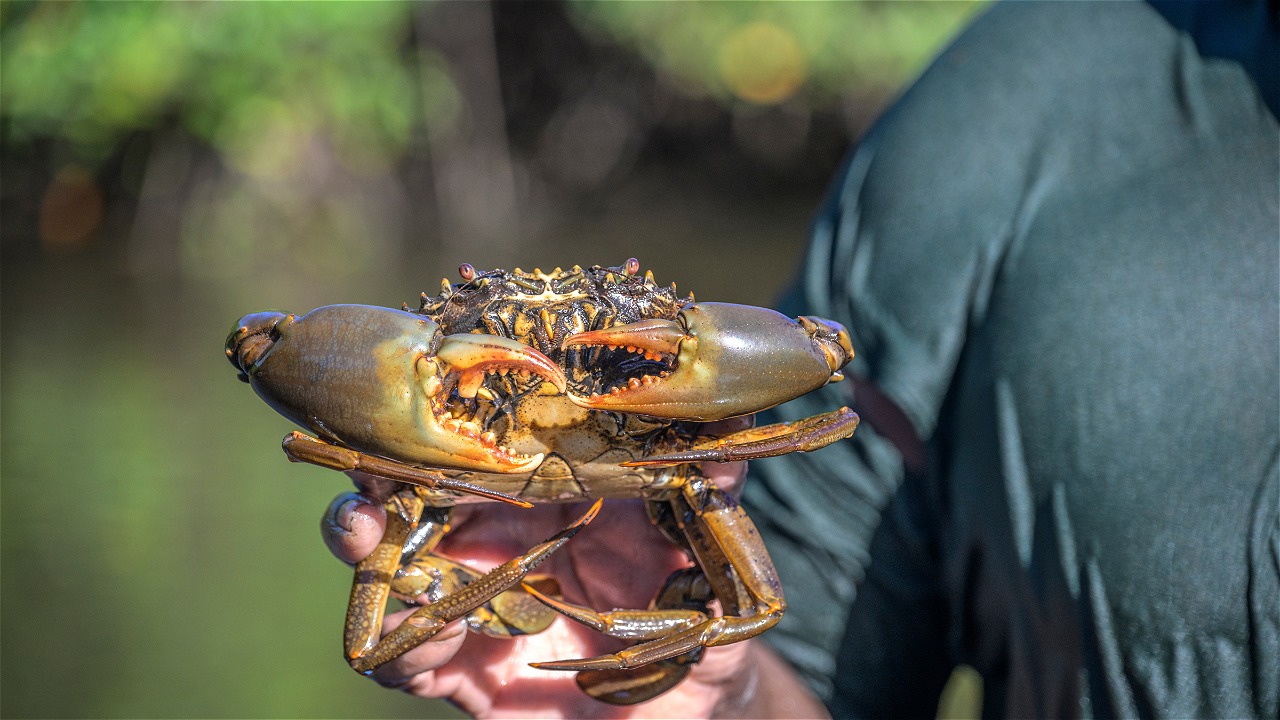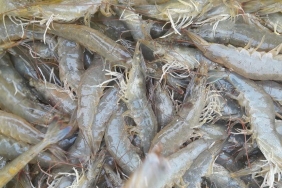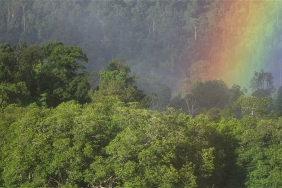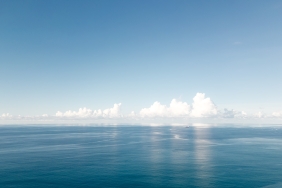DEVELOPMENT OF AN IMPROVEMENT PLAN FOR MANGROVE CRAB COMMODITIES IN KUBU RAYA DISTRICT
By: Dewi Puspita Sari (Pawan Kubu Species Officer) & Faridz Rizal Fachri (Capture Fisheries Officer)
Mangrove crabs, which are one of the high-value fishery commodities, are now in demand by fishermen in Kubu Raya Regency. Kubu Raya Regency, which has the largest mangrove forest in West Kalimantan, is rich in fishery production. In addition to mangrove crabs, we can also find other marine biota, such as shrimp, crab, demersal-estuary fish species. Based on the results of observations that have been made, there are four types of mangrove crabs found, namely S.serrata, S. tranquebarica, S. paramamosain, and S. olivacea.
The overutilization of mangrove crab commodities in Kubu Raya Regency is feared to be a trigger for its sustainability in nature. Because until now the exact condition of the mangrove crab fishery stock in Kubu Raya Regency has not been known. Moreover, a fisheries improvement program (FIP) that is specific to the mangrove crab commodity has not yet been implemented. However, according to the information obtained, the activities of mangrove crab fisheries practices in Kubu Raya Regency tend to be open access. So to anticipate this, WWF-Indonesia initiated a discussion with stakeholders in West Kalimantan Province on February 26.
The activity was attended by the Department of Marine Affairs and Fisheries of West Kalimantan Province, Department of Fisheries of Kubu Raya Regency, Fisheries Quarantine Agency, Quality Control and Safety of Fishery Products (BKIPM) Class I Supadio Pontianak, fishermen, collectors, Village Government of Sungai Nibung, Dabong, Kuala Karang, Kubu and other villages around the waters of Kubu Raya, along with other related institutions conducted to obtain recommendations and agreements in the agenda implementation plan (workplan) FIP based on the initial assessment that has been done.
As has been done in Southeast Maluku Regency using the concept of mangrove crab commodity fisheries management that refers to the MSC (Marine Stewardship Council) standard, WWF-Indonesia again did the same thing in preparing the implementation plan of mangrove crab FIP in Kubu Raya Regency. Based on in-depth interviews involving ±512 fishermen, it is known that the identification of mangrove crab fisheries production is quite high in all fishing ground areas. The results of PSA (Productivity Susceptibility Analysis) & CSA (Consequence Spatial Analysis) analysis showed that the condition of main target, namely mangrove crabs, primary-secondary species, ETP (Endangered, Threatened, Protected) species and indicators of impact on the ecosystem were in a condition (unconditional pass) ≥ 80. It is still necessary to analyze the status of mangrove crab stocks quantitatively through the recording of logbooks,composition of catches, utilization strategies in the management of mangrove crab fisheries.
"The program for mangrove crab management is very necessary to be implemented, what has been done in our village Sungai Nibung, through the open-close scheme of mangrove crab fishing in several tributaries that has been running will be maximized when it gets the support of other areas. It is hoped that this coordination scheme can support this towards sustainable use," said Mr. Syarief Ibrahim, Village Head of Sungai Nibung, who has been quite successful in conducting village-based management of crab fishing in his area.
This meeting resulted in the formulation of meeting results and a workplan improvement of mangrove crab fisheries in Kubu Raya Regency which has been agreed upon and has been carried out since early March 2018. Communication and coordination between stakeholders is important and needs to be done together to support the implementation of the mangrove crab fishery improvement program in the Kubu Raya mangrove landscape towards sustainable use.





